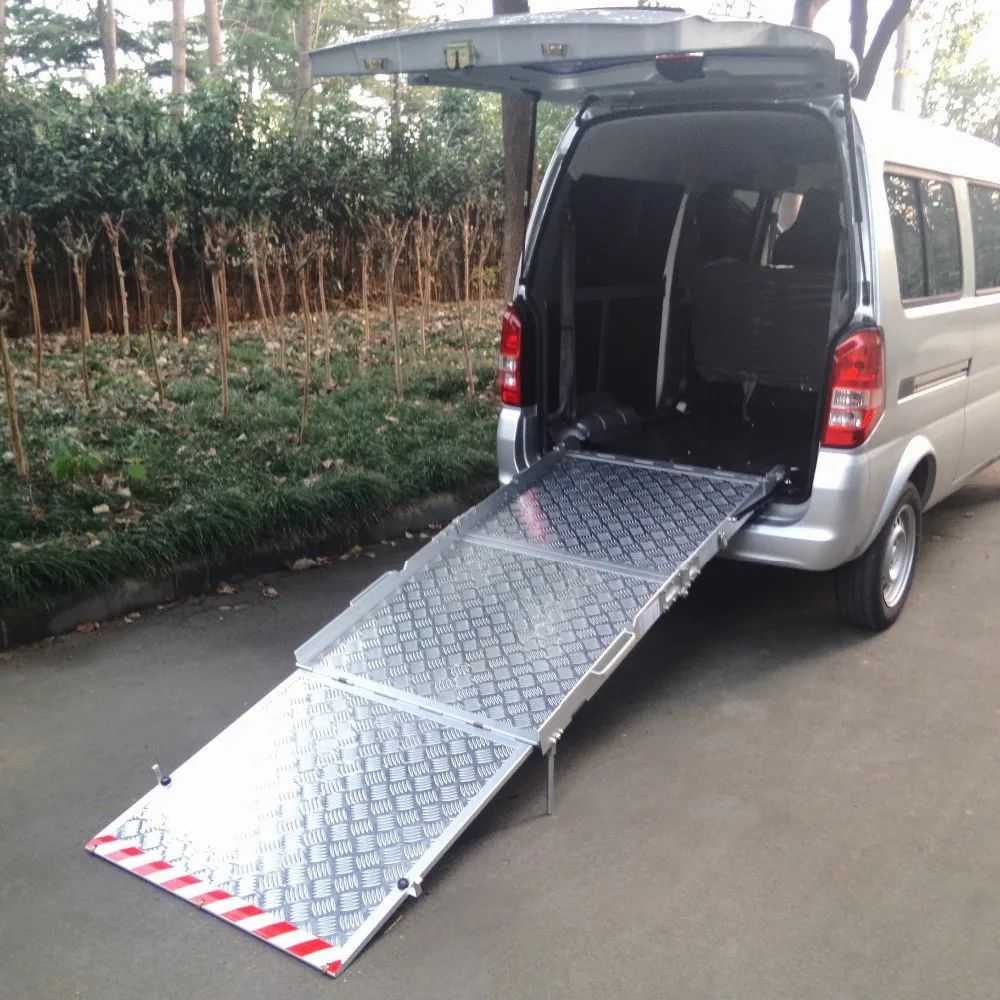
Is it appropriate for your weight and height? What kind of environments can it not be used in?īoth wheelchairs and transport chairs are effective ways to increase mobility and convenience for disabled people and their caregivers. Sit down in it, get a feel for its weight and assess how much force is needed to propel it forward. Whilst the above should give you a good starting point, it’s always a good idea to make direct contact with a new transport chair or wheelchair before buying it. Final Note: Picking the Right Mobility Chair It’s also worth noting that wheelchairs come with more customization options than transport chairs – primarily because there is a higher demand for them as a long-term companion. On the whole, however, a wheelchair is still the superior option for anybody who wants to move around truly independently. They can usually be folded, unlike many standard wheelchairs, and made narrower to slip down aisles and over single steps. The only time a transport chair is a better option is when navigating a narrow or hard to access area, or if the user has upper body weakness.įor example, transport chairs may be a better choice when travelling on things like trains, trams or buses. This is why wheelchairs are the superior choice in most environments, and for most people. If their arms are functional, a person can propel themselves without assistance. Wheelchairs allow for completely independent use even if an individual is paralyzed from the waist down. That said, in some circumstances, a transport chair can be used as a makeshift walker if the primary user is able bodied enough to stand behind and push the chair forward. They can only be operated if a second, able bodied person pushes the chair forwards. The key distinction is in how each of these chairs is propelled forward.Īs previously mentioned, lightweight transport chairs are not designed for independent use. Major Differences Between Wheelchairs and Transport Chairs They typically have no mechanism for individual use and only a very simple on-off brake. Both front and back wheels are almost always the same size unlike with a standard wheelchair. The seat is normally slightly smaller than that of a wheelchair, typically being around 16″ x 16″ depending on the shape of the chair’s core frame. The average weight of a steel transport chair is 15-35lbs. They can also access more narrow or steeper environments, including narrow doorways in your home. The advantage is that transport chairs are simpler and far less bulky than true wheelchairs. It only moves if a fully mobile assistant directs it. So, this is a two man chair, commonly seen in retirement homes and hospital. Instead of being pushed along by the user, transport chairs are pushed along by a second person, a helper. They are more lightweight and compact and, most importantly, they do not have rotating handrails because they are not designed for independent use. Transport wheelchairs, though similar to traditional wheelchairs, have a couple of distinct differences. As a wheelchair can be easily moved with just the arms, it means even those with lower body paralysis can use one to get around. The seat is usually around 18″ by 18″, and is made out of a steel frame with a cushioned fabric cover. The average weight of a wheelchair is around 25-45lbs. They do not normally require assistance to move.

This is how wheelchair users independently propel themselves while using a wheelchair. When these rails are pushed, the chair moves forward. The wheels at the back are generally slightly larger and topped and are accompanied by rotating handrails. The front wheels tend to be smaller and are ordinarily attached to a freely revolving mechanism so they can be turned with ease.

They come in an array of sizes, colors and designs but all wheelchairs share a common frame.
#WHEELCHAIR TRANSPORTER MANUAL#
The fundamental difference between a transport chair and a wheelchair is that wheelchairs are built with large wheels for users to propel themselves, whereas transport chairs have smaller wheels and are built for people who cannot use manual wheelchairs to be pushed from behind by a caregiver.īeyond that however, there are still a few other differences to consider: Wheelchair BasicsĪ wheelchair is a specialized mobility device designed for those who cannot walk or have difficulty walking unaided. Although they look very similar, they are distinct types of mobility aid and should be considered as such. These aids come in a wide variety of shapes and sizes but two of the most common are wheelchairs and transport chairs. Individuals with impaired mobility often require the use of a mobility aid to perform daily functions.


 0 kommentar(er)
0 kommentar(er)
